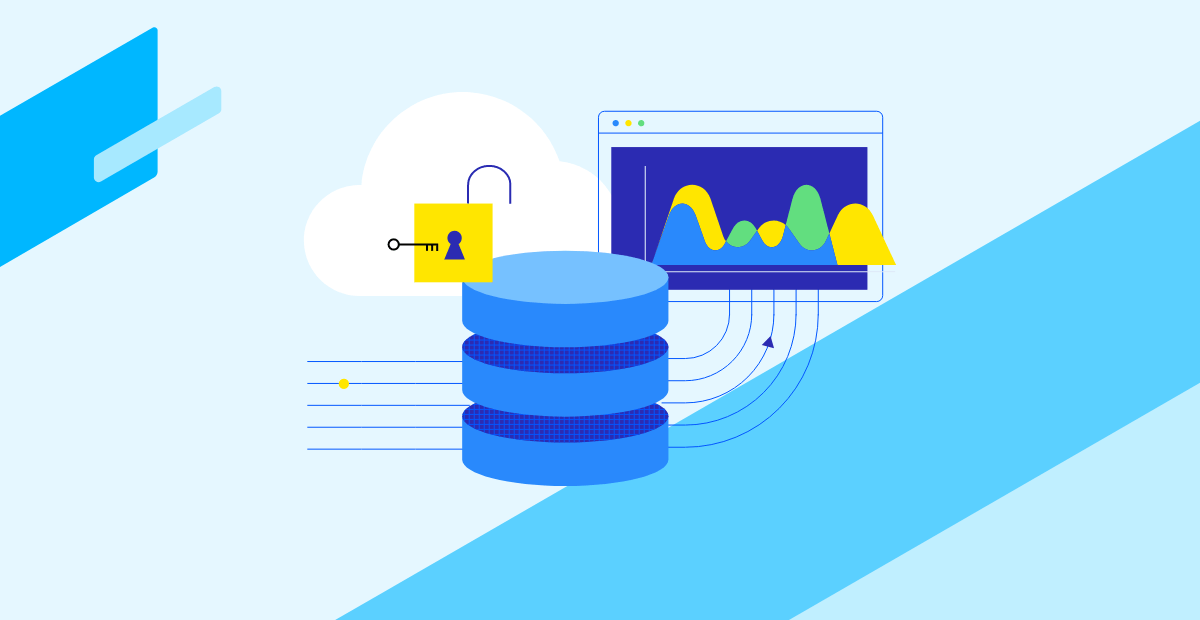Today, we are excited to announce the general availability of MarkLogic Data Hub Central, our new UI for integrating and managing data using MarkLogic Data Hub. The new UI makes it extremely simple to curate, explore, and share consistent and fit-for-purpose data.
Data Hub Central is available out-of-the-box with MarkLogic Data Hub Software and will soon also be available on MarkLogic Data Hub Service, a leading enterprise cloud data hub. To get started with Data Hub Central standard edition, simply download the latest release of Data Hub Software here.
Introducing Data Hub Central
With the addition of Data Hub Central, MarkLogic is easier to use than ever. But, it’s not just about introducing a new UI — it’s about bringing agile principles to the data layer. It’s about making the whole end-to-end process of integrating and managing data more collaborative, flexible, and reliable.
More Collaborative
With traditional data integration, different stakeholders use various tools and processes, resulting in fragmented views of the data and the business. Data Hub Central changes that by providing a shared interface, breaking down both data silos and organizational silos.
Rather than having to rely on IT to serve their data needs, business users and analysts now get direct access to curated data assets. They don’t have to wait for a BI dashboard to populate with stale results before giving feedback. Instead, they can log in to Data Hub Central and, using MarkLogic’s built-in search, just “shop” for the data assets they need.
More Agile
In one report from McKinsey, around 80 percent of CIOs said they did not get the level of agility and business benefits that they sought through cloud modernization.
With Data Hub Central, data teams can make true cloud productivity gains by making it simple to apply agile principles at the data layer. As explained in an earlier blog post, data teams can start by creating a simple data model to solve the most pressing business problem. That model can evolve iteratively over time – all while abstracting upstream and downstream systems from changes in the model. In this way, Data Hub Central helps teams create durable data assets that enable the hub to serve multiple use cases.
Technically speaking, it was already possible to implement these agile principles using existing MarkLogic. But, the introduction of Data Hub Central changes the game by making the entire end-to-end process simple and easy-to-implement in a UI.
More Reliable
In most organizations, cloud architectures are becoming more complex with the sprawl of data and tools. Not surprisingly, that has led to increasing challenges with security and governance.
Data Hub Central makes the day-to-day process of securing, governing, and sharing data simpler:
- Data Hub Central simplifies your architecture. You won’t need to procure, manage, and connect other tools (other ETL tools, databases, MDM tools, etc.)
- By tracking data and metadata together in one place, data governance and application of security policies is simpler. Things like lineage and provenance of data — often lost by ETL tools — stays right there with the data
- Data Hub Central uses role-based access control to determine what users can do or not do on the platform. By centralizing access control to critical data assets, it’s simpler to enforce policy changes, and safely increase data sharing
Get Started
You can get started with Data Hub Central by downloading one of two versions, both of which are open source and run on the latest release of MarkLogic Server 10.0-6:
- Data Hub Central (packaged with Data Hub Software 5.4) — This edition is the standard edition that now comes packaged with the latest version of Data Hub Software. This version is fully supported. You can download the Data Hub Software 5.4 here and access the Data Hub Central documentation here.
- Data Hub Central Community Edition — This edition has the same basic functionality as the standard edition except that it is a fully supported community project — meaning it is a more rapidly evolving open source project where we are welcoming input from outside the company. For that reason, there are a few features that it has that the other version does not, such as a graphical interface for modeling entities and relationships, and semantic graph visualization of raw and curated data. You can download the Data Hub Central Community edition here and access the documentation here.
- Data Hub Central on Data Hub Service — Now available on new DHS 3.0 Service Instances in AWS.
After downloading, follow along with the hands-on, step-by-step tutorial. To learn more, sign up for the Data Hub Central webinar.

